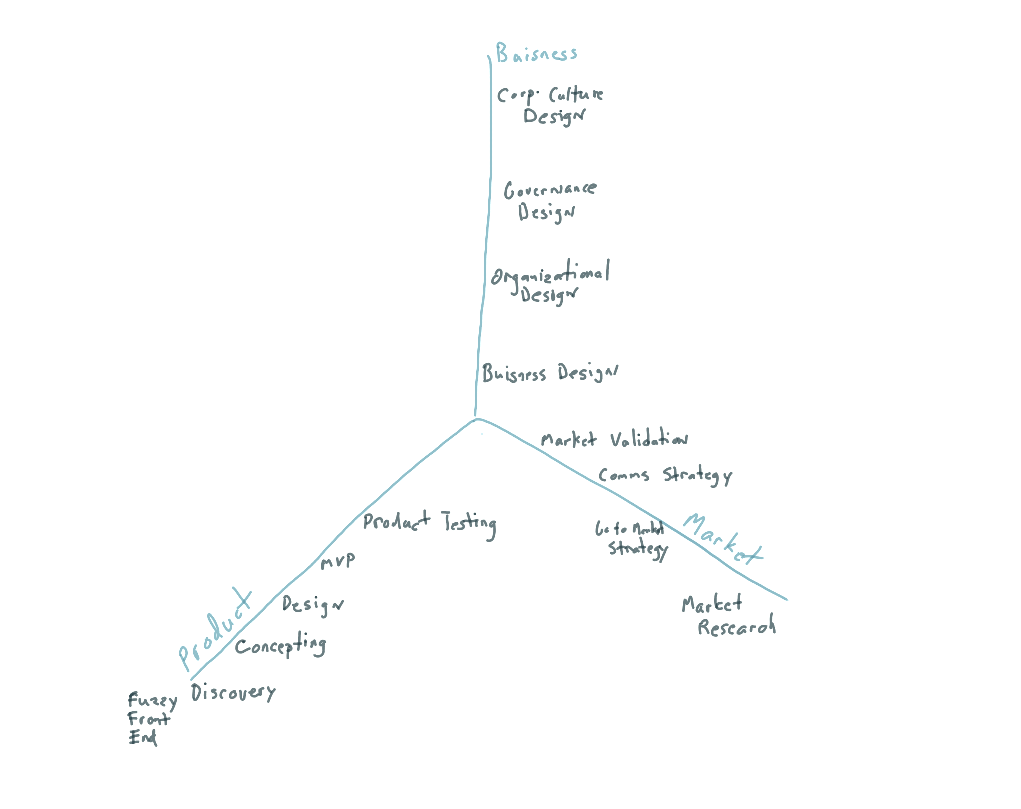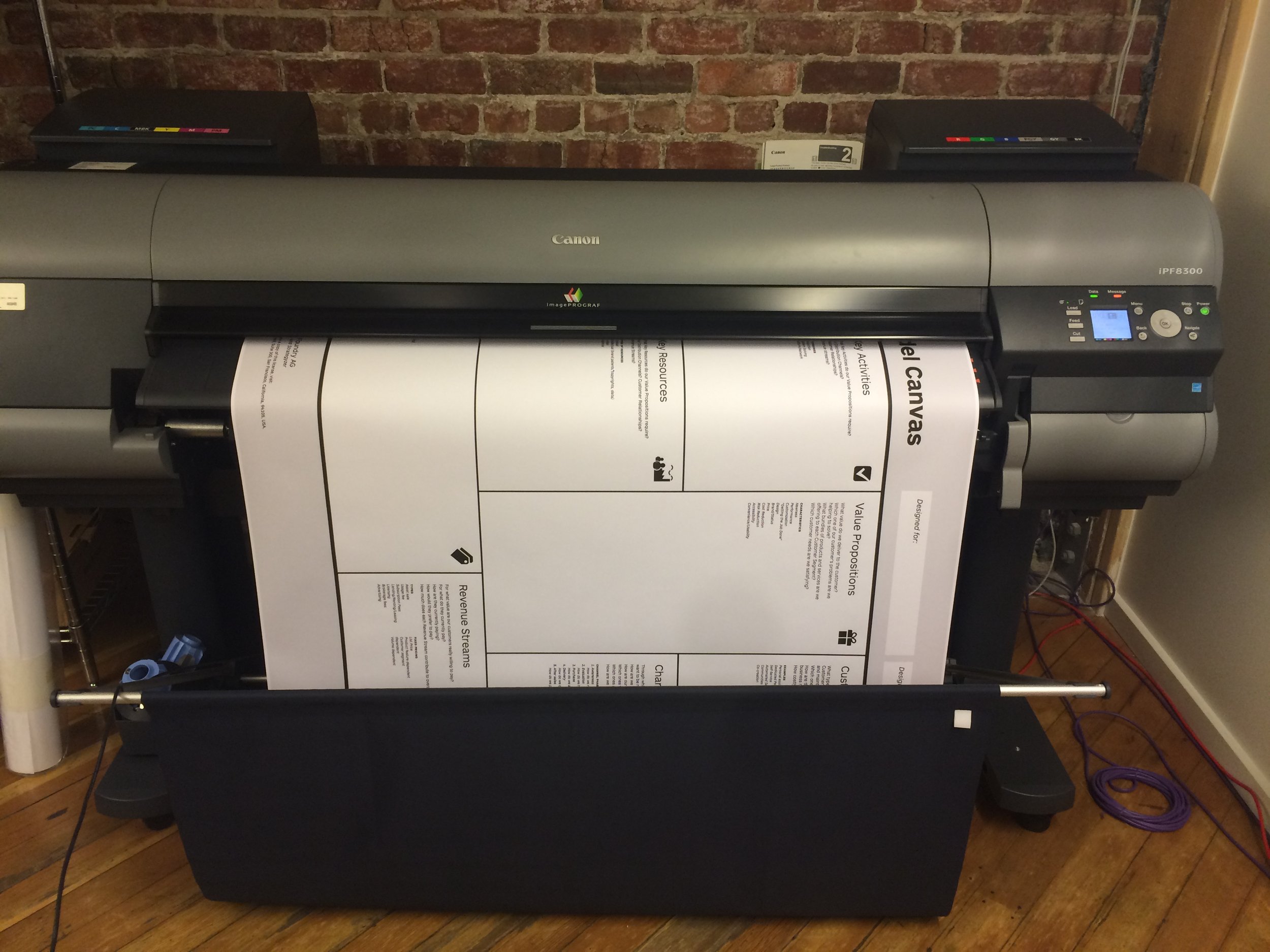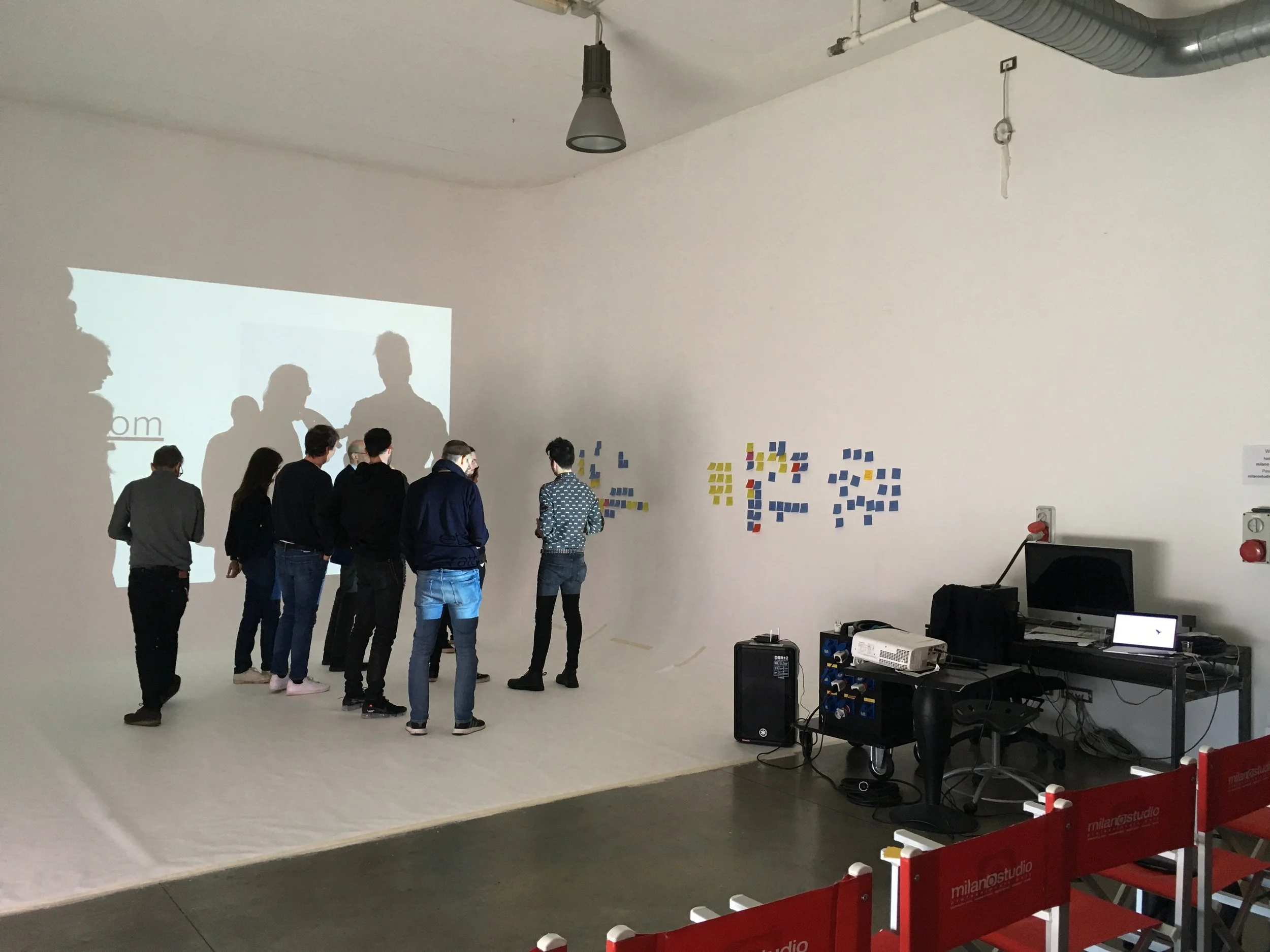Research, Strategy, & Design
Grounded in the Behavioral Sciences
My career has been strategically focused and design-agnostic.
The business challenges have taken on many forms, from designing new products, creating new business models, architecting brands, developing go-to-market strategies, and defining communications strategies. Even writing copy on occasion.
Behavioral sciences allow me to conduct and manage real-world qualitative and quantitative research, distill clear insights from messy data, and then transform these into strategies that have material implications for the business - be it cost-side or growth side.
-

Research
I tap a deep pool of mixed methods when conducting and/or managing research. From deep contextual ethnography to online surveys to friendship circles, the research is bespoke - bending to timelines, budgets, access, human subject protections, and client participation.
-
Strategy
Pattern recognition, prediction, scenario planning, foresight visioning - these are some of the elements that drive insights that define strategy. Traditional tools like Porter’s Five Forces are leveraged along with more innovative approaches to find competitive advantages in the marketplace.
-

Design
Ideation, prototyping and rapid testing are approaches used to develop designs across applications. This medium agnostic approach has enabled me to facilitate designs from new pants to insurance plans to new business designs.
Philosophy
My approach to research stems from a number of core notions and beliefs:
Vertical Integration - namely that while emergent properties cannot be explained by more reductionist aspects, there cannot be conflicts as one moves from more fundamental aspects to more complex ones.
Robust support and mentoring, matched to high expectations and agency, leads to the best performance among teams.
Transparency and honesty with subjects translated to stronger rapport and deeper understanding.
Participatory design can reveal significant insights.
Research creates no value to an organization unless it is framed to influence strategic decisions impacting the business’s needs.
Value Proposition
Understandably, market pressures shape how businesses operate. The demands for growth and cost containment drive tactics like AB testing that, while powerful, can also drive myopic strategies, especially for the longer term.
My approach specifically looks at strategies and tactics to address both immediate demands while also future-proofing the business to position it to out-compete in the moment as well as into the long term. Often this is driven by counter-intuitive market insights that the competition discounts and discards.
Clients
I have had the privledge to work on a range of amazing businesses. Large global SaaS enterprises, small fintech startups, blockchain and AI-based solutions. Here are some companies I have contriuted to..

Cases
Integrated Design: Brand, Product, & Communications
Dockers
Client: Dockers
Opportunity: Levi's designers did not know their user. A caricature of a boring middle manager living in the suburbs stymied inspiration, both in the product and in the communications. The business was languishing.
Solution: Conducted an ethnographic study of the core user, leading to insights into the common set of values and characteristics that drove both product innovations and communications. The insight, that users were universally concerned with looking appropriate from role to role, led to the development of the Stain Defender pant line and award-winning ads. The Mobile Khakis and Stain Defender were some of the most successful launches in Levi’s history and the advertising won a Gold Effie.
Role: Principal investigator leading a team of researchers. Worked with both product design to generate new SKUs and with creative teams to devise the creative concepts.
Business Design
Client: Technology Company
Opportunity: A client in the technology space wanted to grow their core business model, shifting from a compliance and virtual data room to a more robust platform that captured a larger share of enterprise document-sharing needs. Exactly what those needs were remained unclear.
Methods: Following stakeholder interviews and work sessions to ferret out needs, current users were asked to map their workflows in detail. Professionals in adjacent work flows were then identified, recruited and similarly interviewed.
Solution: The core value proposition was refined, and the horizontal and vertical opportunity spaces were mapped against the core competencies and equities of the enterprise. This created a clear road-map for innovation for the organization.
Experience Design
Client: WellPoint
Opportunity: Insure skeptical and reluctant 20-39 year old Californians who earn over $30K annually. Previous research indicated that the target had an invincibility complex and scare tactics were needed to drive enrollment.
Solution: Design an insurance product that actually matches to their needs. This entailed re-working the insurance product with actuaries to lower costs, offering the insurance directly and bypass brokers, allow online applications, clarify the offering with plain english descriptions, and embracing a brand that connected with users. A core brand insight led to the communications work - people who are young but making over $30K a year and uninsured don't have access to a group plan, so they are artists, entrepreneurs, and independent contractors. They are high risk - high reward personalities who "live aggressively."
Role: Conducted ethnographic research and worked with XD and UI teams to define the product, experience and marketing strategy.
Communications Design
PNC
Opportunity: PNCs Virtual Wallet was so innovative that potential users could not grasp the core value proposition or functionality.
Solution: Deliver users a proxy of the experience in ads through CGI feature-rich communications that also leveraged narrative to drive comprehension.
Role: Conducted ethnographic research and worked with creative teams to develop concepts.
Product Design
Client: Financial Services
Opportunity: Reduce unnecessary charge-offs among sub-prime secure credit card holders.
Solution: Incorporate behavioral economics biases, such as loss aversion, into payment products to nudge repayment. For example, highlighting the security deposit as a distinct account that will be forfeited if a minimum payment is not made.
Role: Conducted ethnographic research and briefed design teams. Co-worked on design concepts.
Process Design
Client: iiNet
Opportunity: iiNet needed to future-proof in a rapidly shifting marketplace by creating a significant innovation capacity along an otherwise risk-averse corporate culture.
Solution: Design an innovation competency, from structure to process to governance. Design the compensation and incentive structures to encourage calculated risk-taking, drive acceleration, and incorporate agile approaches to developing new products, services, and businesses.
Role: Principal on the project, conducting stakeholder interviews and designing the innovation practice.
















